10 December 2021
In 2018, I moved to a new flat, and I set up my desktop computer next to the window. I’ve been working remotely – and alone – every single day for the past six years, so having an open window that provides views to the street and natural light boosts my mood more than any other thing.
However, every benefit comes with a downside, and in this case, the downside was dust.
During my working hours, I usually keep the window open because I like having fresh air, and when I finish my work, I also leave it open to renew the air in the room. However, this also resulted in my needing to remove the dust from my desktop every other day. To make this process easier, I decided to acquire a hand-held vacuum cleaner so that the dust removal process would only take a minute. I walked to the nearest shop and I purchased the best handheld vacuum cleaner they had at that moment: a Black & Decker lithium-powered Dustbuster.
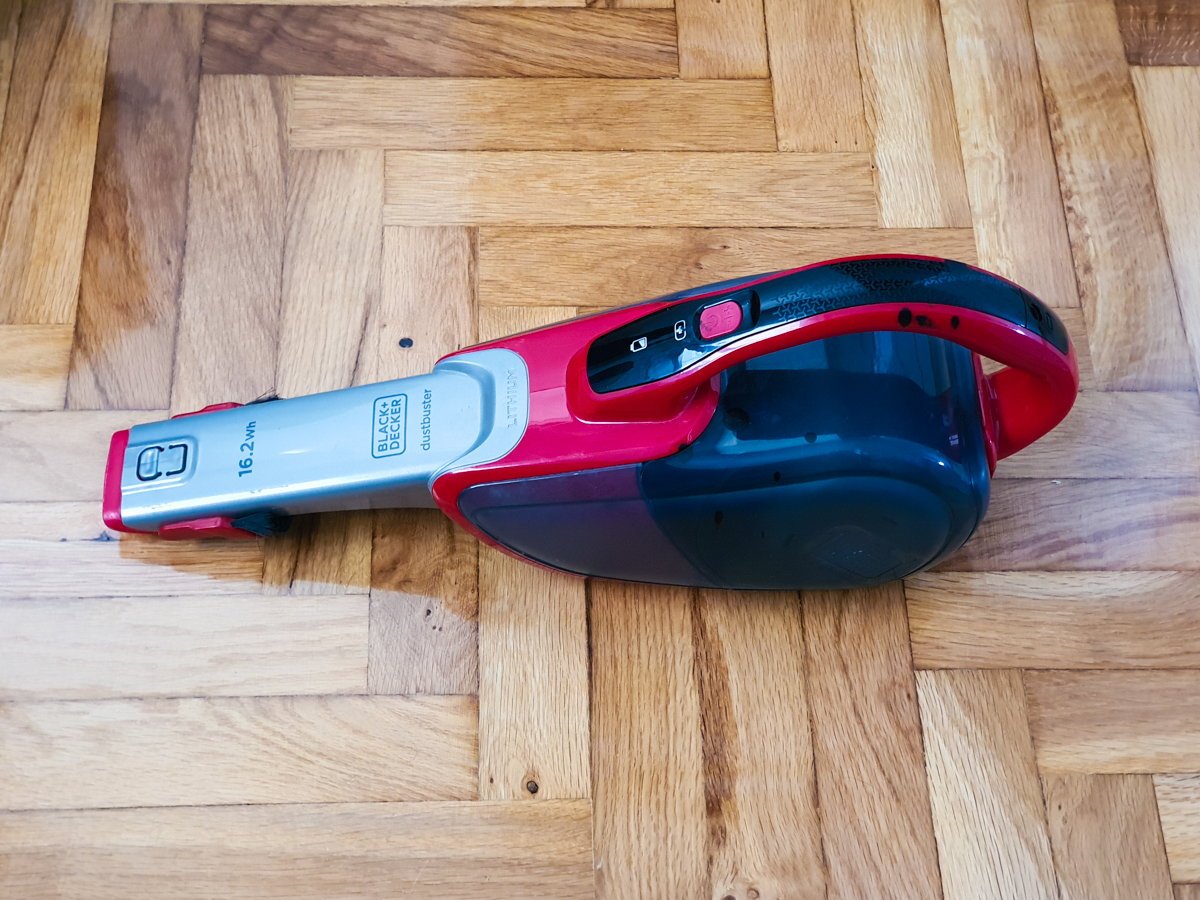
It is important to mention that they had many different shitty Chinese models*, but I specifically chose the Black & Decker model because I thought that such a famous brand would have a plan for when the lithium batteries would die.
Every lithium battery in the world has a quite limited lifetime; this is a fact that most likely every engineer in the world is aware of, including the Black & Decker engineers.
The vacuum cleaner worked without any major issue for two years and eight months.
Well, it is fair to say that after only two years the battery performance was so poor that the charge only lasted for two minutes of vacuuming. Still, it was enough for my daily desktop cleaning, so I didn’t really care until it totally stopped working.
When that happened, I walked to a repair shop in my town only to be surprised with their solution to my problem. “We cannot fix this vacuum cleaner. As stated in the Black & Decker manual, this piece is disposable and is not a replaceable battery.” According to the Black & Decker manual, the recommended step was to recycle the machine. They offered to do an unofficial repair service but they also told me THE PHRASE: it would probably be cheaper to buy a new one.
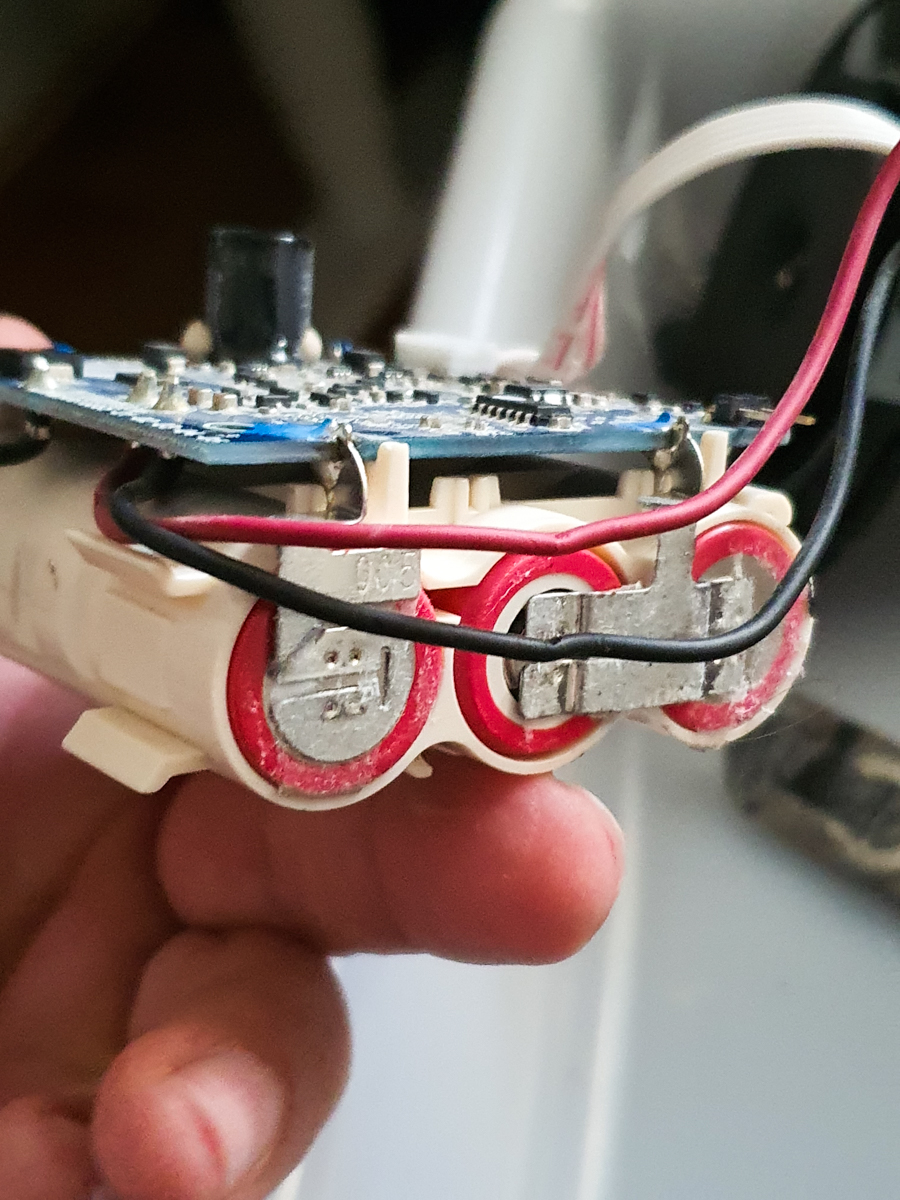
The batteries were soldered to the control board, meaning that there is no official way to repair this vacuum cleaner without breaking it. If Black & Decker wanted to be honest, they should have labeled this machine as a “disposable vacuum cleaner.”
It turns out that we live in a society in which some things are economically efficient even if they are crazy harmful for the environment and their composition makes absolutely no sense from a logical point of view.
This notion is proven by the fact that assembling a full new vacuum cleaner in China, with its new engine, new control board, new cables, new filters, new packaging, and new instruction manual is somehow cheaper than replacing three standard 18650 lithium batteries here in Europe.
And this really pisses me off.
As an engineer, I love things that are logical and this situation – nowadays common –makes no sense.
Replacing the vacuum cleaner every two and half years has become efficient, economically speaking. But there are a lot of hidden costs that are not paid with money, and they are not listed on the price tag as well, such as the CO2 emissions and the water consumption related to the manufacturing process and the unnecessary use of limited resources like the ones used in the engine, the magnets, etc. Not to mention that recycling is just scam; there is no vacuum cleaner recycling in Europe in 2021. This vacuum cleaner would have been burned in some country in Africa, but that’s another story. What is important to understand is that recycling is the last thing we should think about, and that what is really eco-friendly is REPAIRING and REUSING.
I totally rejected the idea of trashing my vacuum cleaner just because of a wasted battery; I had to try to fix it by myself.
As a software developer, I first tried to find help on the internet before trying to understand how to disassemble it. Stack Overflow didn’t work this time, but I still had a bit of luck, as I found a guy on YouTube that had the same problem with a similar model. After seeing his video, I was sure that I would be able to fix mine.
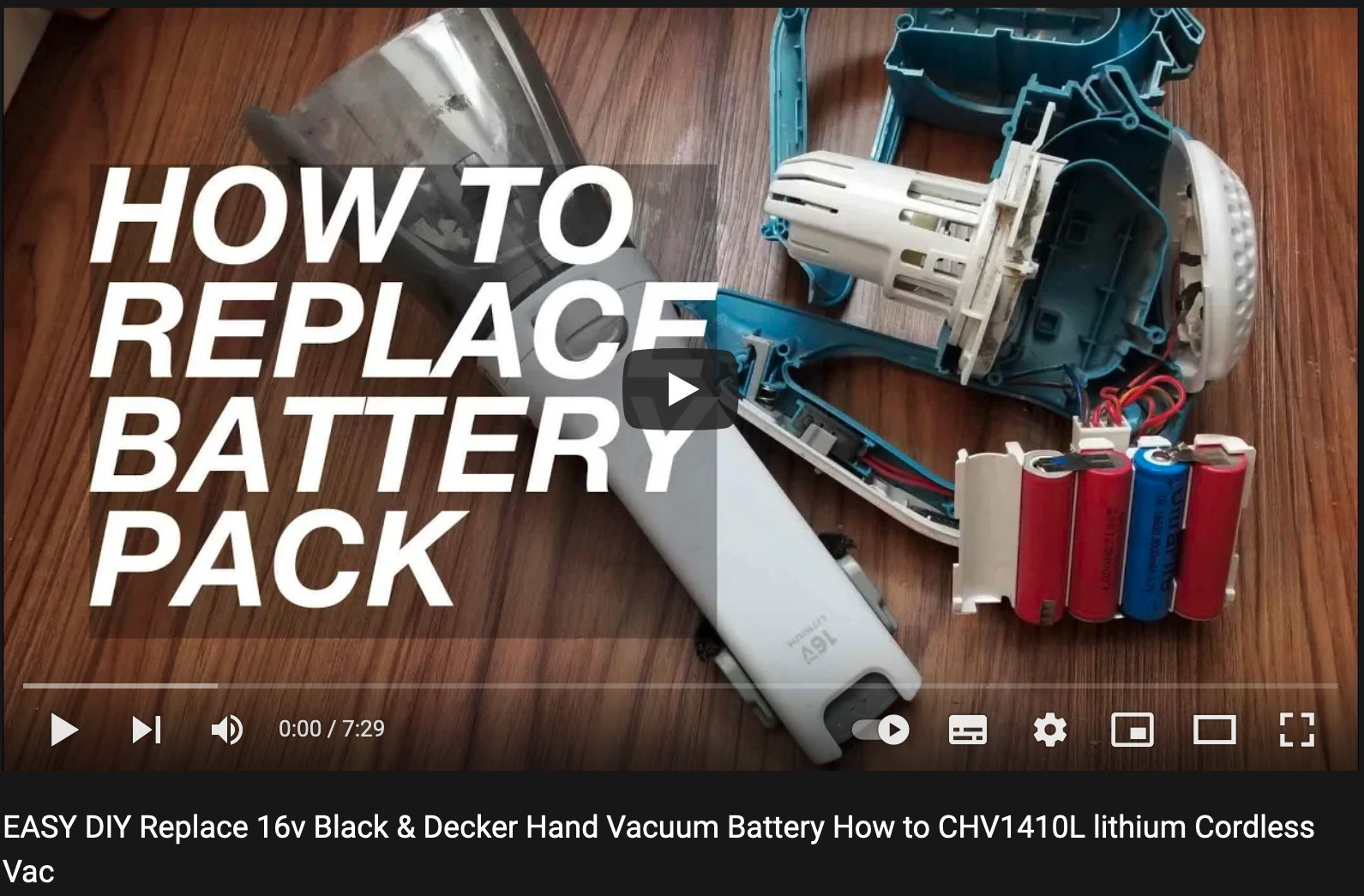
I had to recognize that disassembling the unit was quite simple. Black & Decker used the same Phillips model for every screw and all of them were visible (what Black & Decker did well was very well done). In the end, I was able to tear down the machine in about twenty minutes without any guide.
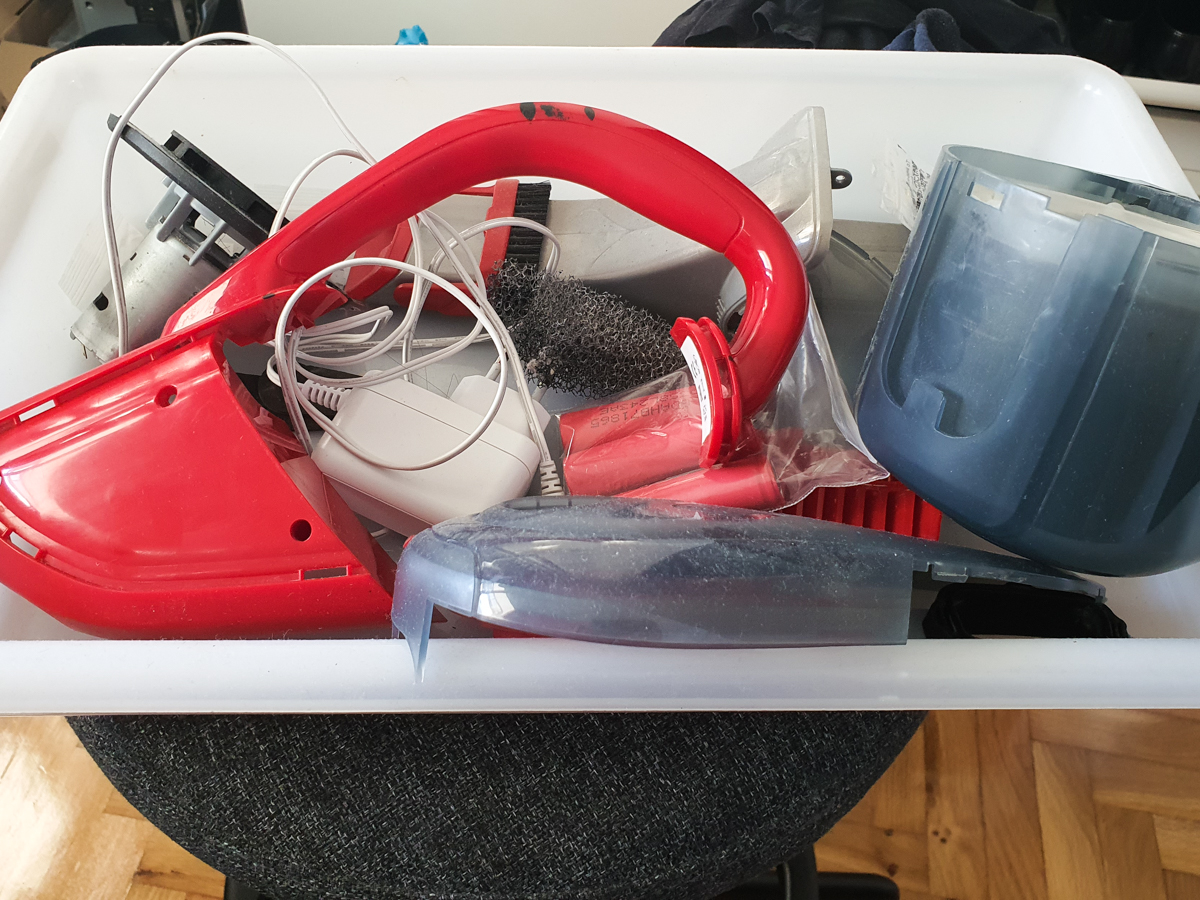
I did have to remove the batteries from their casing using brute force. Once I got the batteries separated from the control board, I used the printed reference to find another with similar specs in a local shop.
But it wasn’t that easy; there is a shortage of lithium batteries in Europe at the moment. Luckily, I told the story to a friend who owns a computer refurbishing shop here in Vigo, and he offered me a few batteries that he had recovered from old laptops (the battery pack from most laptops is composed of the same 18650 cells found in every other gadget).
So I had the cells and only one final step was needed: soldering.
Lithium batteries are usually soldered with nickel strips using a machine called a spot welder.
There are some tricks that allow for the use of a traditional electronics solder and tin lead, but honestly, since more and more gadgets are made to be battery powered, it made sense for me to acquire a spot welder for 50€. I’m sure this won’t be my last repair.
After a few minutes learning how to use the spot welder, I replaced the old batteries with the refurbished ones. Here it is the result:
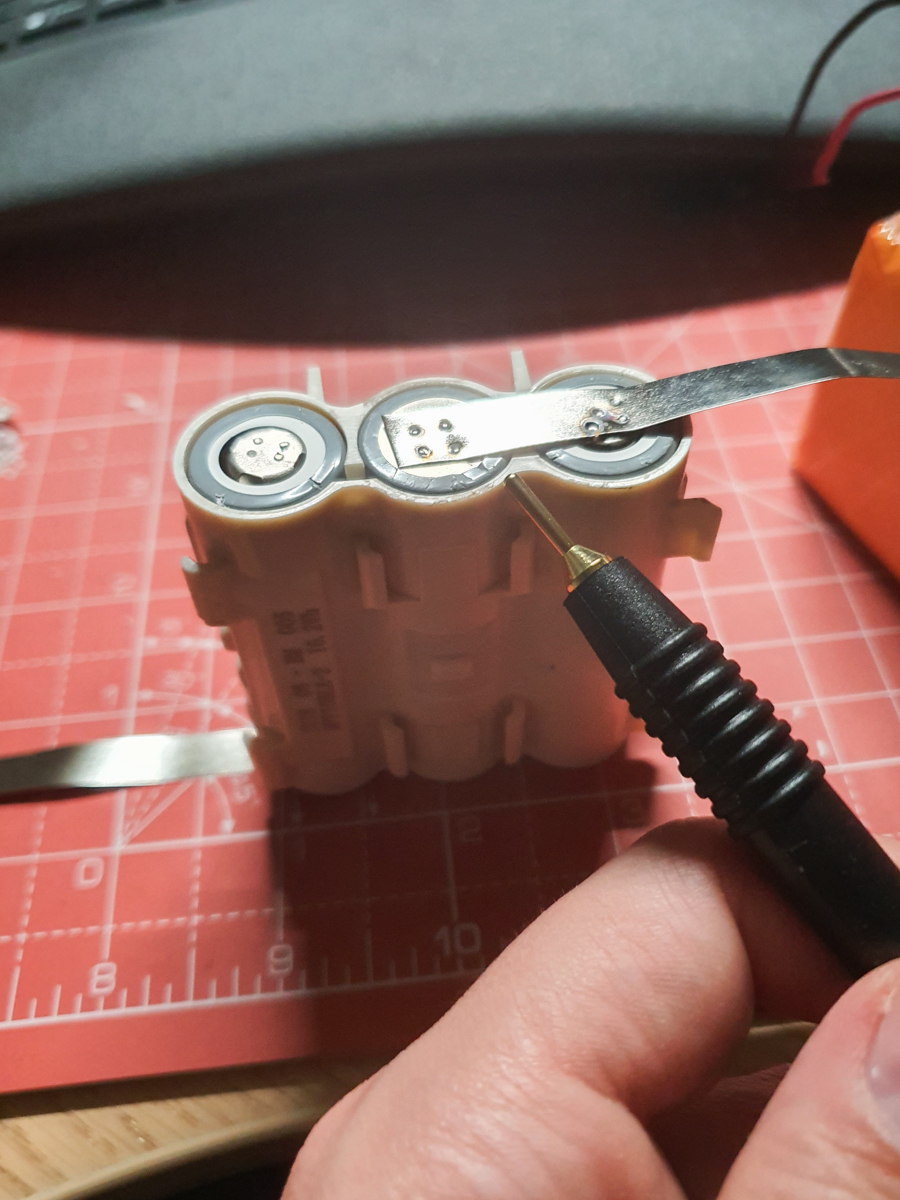
As the previous connections had been damaged when I removed the old batteries, I had to wrap them with a fresh nickel strip in order to create a good connection.
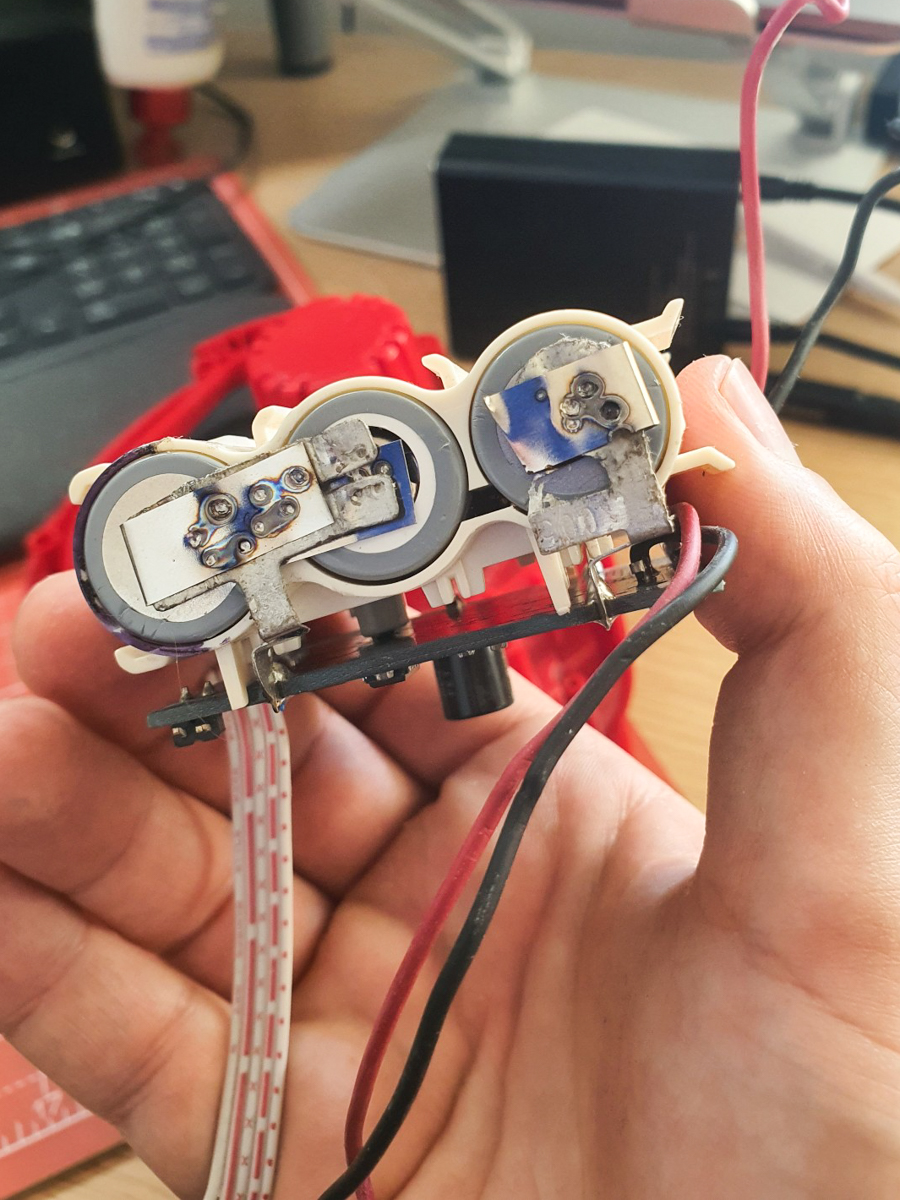
Then, I used pictures that I had taken during the disassembly and a bit of imagination to put everything back together. I believe I did quite a good job, and only one screw was left over.
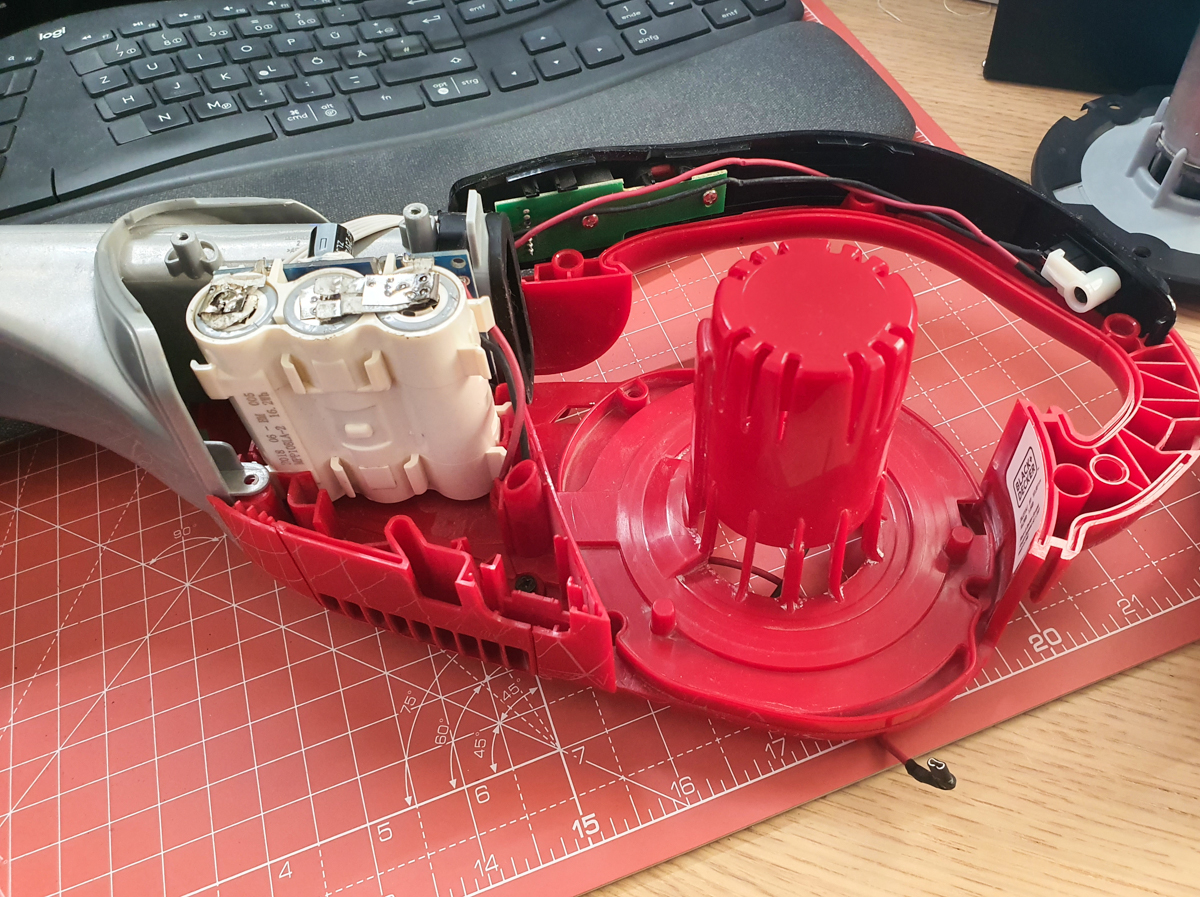
The vacuum cleaner works nicely again, proving that there was absolutely no reason to replace it.
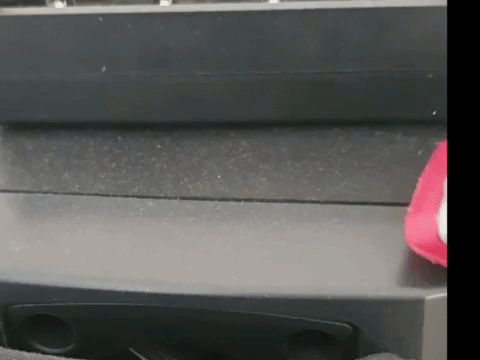

It is intriguing to me how the world has worsened regarding electronics and home appliances.
I remember the washing machine from my parents’ house; it was there when I was a born and it kept working for another twenty years. It was repaired many times during those two decades, providing good quality work for local people.
Eventually, that washing machine couldn’t be fixed anymore because there wasn’t any way to get the spare parts. My parents had to buy a new machine, and this new machine lasted no more than five years. When they tried to fix it, THE PHRASE arrived again: “it is cheaper to buy a new one.” So they replaced it for a new machine that only lasted for another 6 or 7 years.
Two new washing machines. Zero new features. All of them wash clothes using the same 60´s technology and achieve the same results.
It is true that the newer washing machines have a bunch of stupid features like “easy iron” and “eco-friendly washing” but the truth is that nobody really knows what they do and that is probably because they do nothing relevant.
The funny thing is that some generations of washing machines have even been less efficient than previous ones due to the fact that in the ‘90s and the beginning of the ‘00s, appliance manufacturers replaced good quality electric motors from Germany with garbage quality Chinese motors.*
We somehow got used to hearing the “it is cheaper to buy a new one” sentence and we really need to start answering, “no way.”
I don’t fckng want to buy a new washing machine from time to time. I’d rather the washing machine be a part of the flat, like the walls or the doors, staying there for my whole lifetime, the same one, with the same features.
And the same goes for the dishwasher, the fridge, the oven, the microwave, the blender, the toaster, and so on.
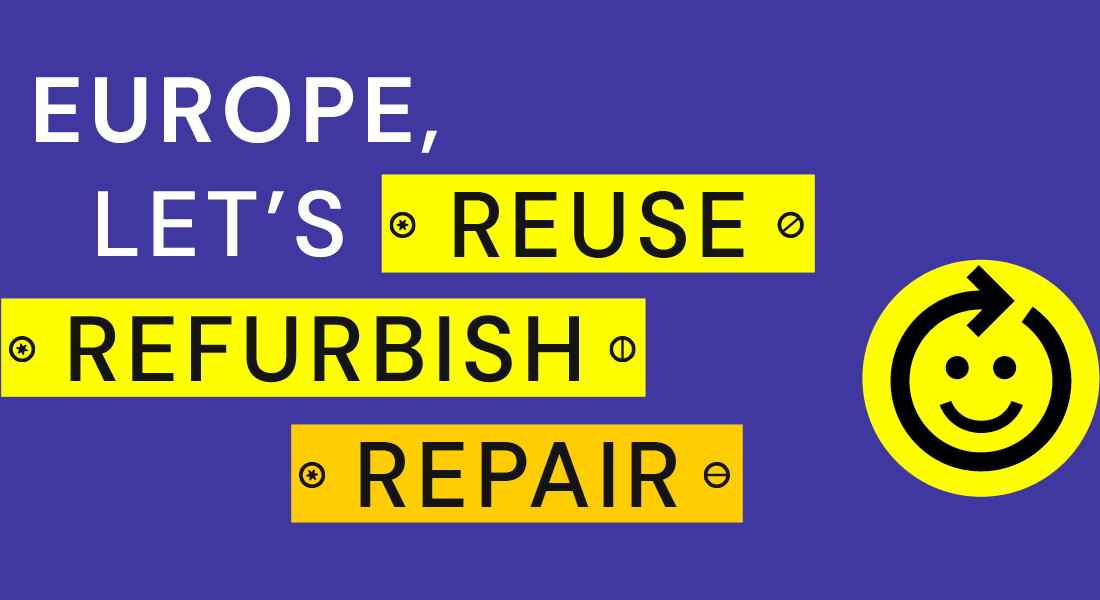
The “Right to Repair” movement is moving quick at the moment, giving us some hope. The European Union is enforcing a new series of directives guided to improve consumer market sustainability. In Spain, starting in 2023, every product will have to offer three years of unlimited guarantees and ten years of spare parts. But apart from that, a new “Repairability Index” is going to be created. The labelling of a product will need to include a repairability score that allows users to compare repairability between different products (similar to what iFixit does). I really hope that people will start to focus on products with a high repairability score and I’m super curious to see how manufacturers adapt their business models to this new requirement. If this rule were mandatory tomorrow, most of the products on the shelf would score a big ZERO. That’s it for today. Thank you for reading, and please, next time they tell you, “It is cheaper to buy new one,” remember that it isn’t.
** When I refer to “shitty Chinese models” I obviously don’t mean that every product made in China is a shit. China nowadays has the capacity to manufacture the best quality products in the world. However, it also has the capacity to create products that don’t respect the minimum quality requirements nor Western safety standards, shipping them straight to our shops. That’s why I consider the generalisation acceptable and I think the meaning is clear.*